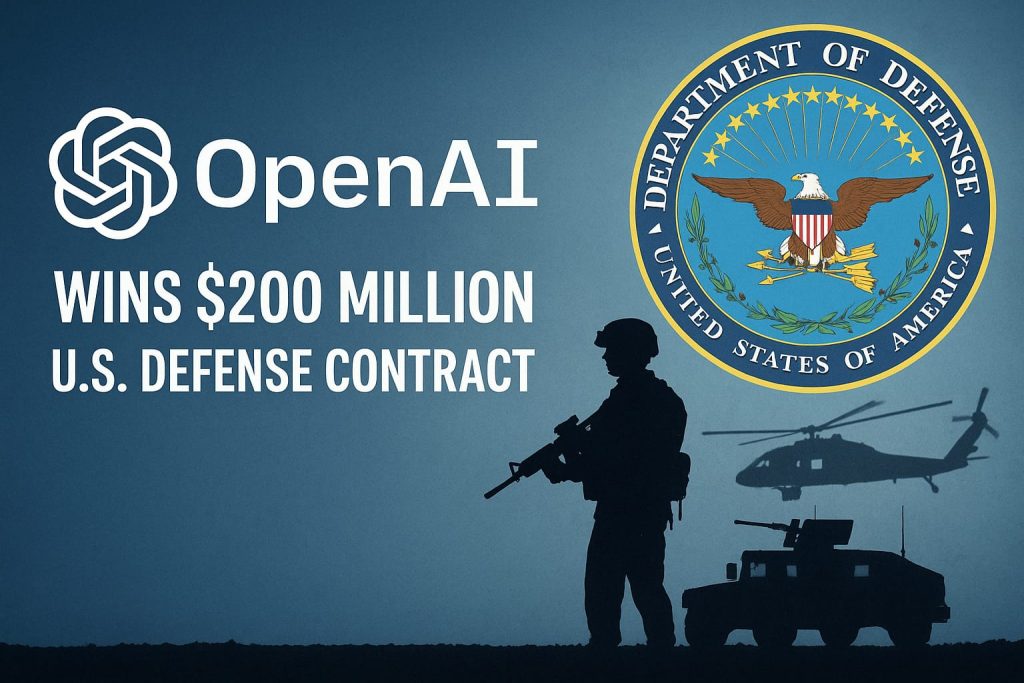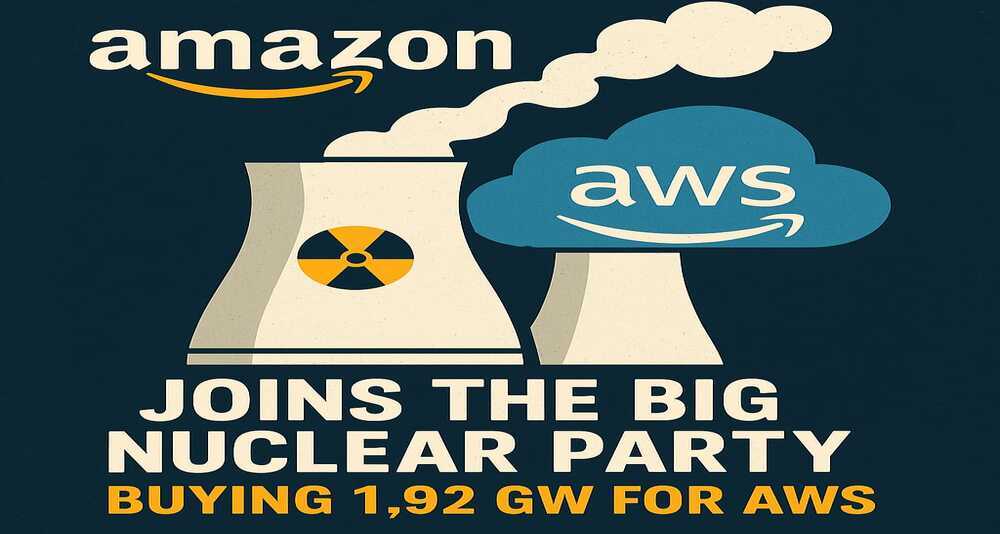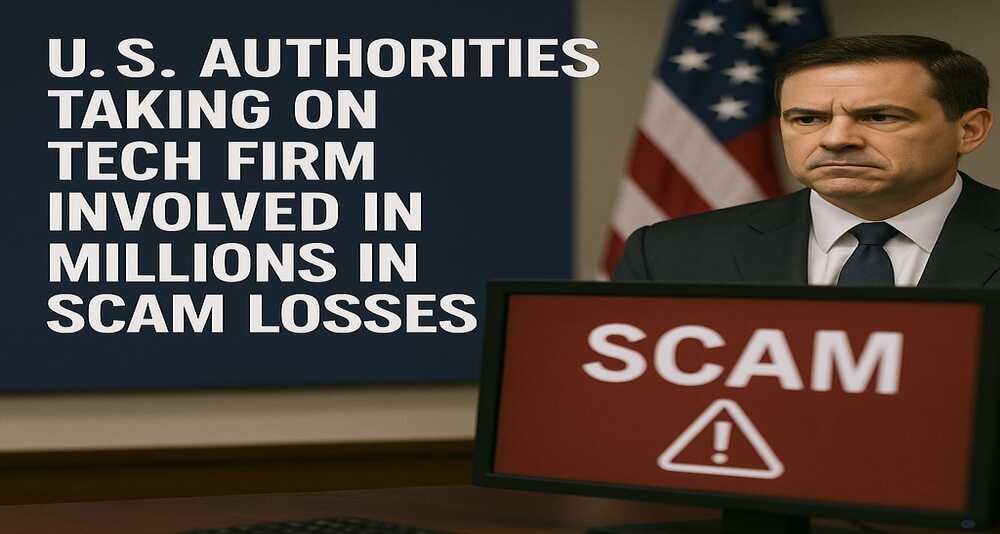ICE Bath With The Pod Company: Ice Pods & Ice Chiller
The Pod Company Ice Bath 50% OFF – No code needed Click here Get The Discount Today Click Here–> Many celebrities have embraced the cold plunge trend, often sharing their experiences and the benefits they perceive on social media. Notable names include Cristiano Ronaldo, Vidya Malavade, Kim Kardashian, Harry Styles, and Lizzo. Their adoption of the practice has helped fuel its popularity worldwide. Today, more and more individuals are exploring cold plunges—not just for wellness, but also to maximize athletic recovery, enhance performance, and tap into the broader health advantages this growing trend promises Let’s Explore The Pod Company – Ice Pods & Ice Chillers The Ice Pod by The Pod Company is a portable and budget-friendly ice bath designed for effective cold water therapy. If you struggle with muscle soreness, chronic pain, stress, poor sleep, or low mood, regular ice baths can provide relief and support your overall well-being. The IcePod helps you achieve peak performance by aiding recovery and reducing inflammation. This ice bath is spacious enough to fit individuals up to 6ft7, yet folds up easily for maximum portability. Its 5-layer sub-zero insulation ensures that cold temperatures are maintained for longer sessions, making it efficient and convenient for at-home use or on the go IMAGE ICE Bath Benefits: Elevate Your Cold Plunge Experience Discover how the ICE Pod delivers a powerful cold therapy experience—combining comfort and convenience with a catalogue of health and wellness benefits. 1. Speeds Up Recovery & Reduces Inflammation 2. Enhances Circulation & Cardiovascular Health 3. Boosts Mood, Focus & Resilience 4. Supports Immune Health 5. Elevates Metabolism & Brown Fat Activation 6. Improves Sleep Quality & Relaxation 7. Promotes Mental Toughness & Discipline 8. Cognitive & Neuroprotective Benefits Time To Save on ICE Pods Summer Sale———-50% OFF – No code needed Shop Now SPECIFICATIONS Holds up to 105 gallons (400 L) of water; suitable for users up to 6ft7 (2.01 m) in height and up to ~150kg150 kg150kg weight T Measures 32″ (80 cm) in diameter by 30″ (75 cm) tall and weighs about 9 lb (4 kg) when empty Built with 5-layer sub-zero insulation, UV-resistant nylon, and a PVC-lined interior for durability and heat retention Chiller Compatibility You can use it standalone with ice—or opt for a chiller that cools water down to 39–41 °F (3–5 °C) with continuous filtration The Pod Company+2The Pod Company+2. Price Starting at around $99 for the basic model without a chiller, making it one of the most affordable options in its category. 4. Pros & Cons Pros Extremely affordable at about $99 for the base model The Pod Company+1. Lightweight, compact, and easy to set up indoors or outdoors The Pod CompanyThe Spruce. Effective 5-layer insulation helps minutes-long cooling retention The Pod Company+1. Options to upgrade to a chiller and/or bundled accessories for a full experience The Pod Company+2The Pod Company+2. Generally positive customer support and warranty terms The Pod CompanyTrustpilot. Cons Not designed for stretching out—upright seating only Requires periodic ice replenishment unless paired with a chiller. No storage bag in basic package Some durability concerns exist among user discussions, though many report long-term satisfaction. The POD Chillers by PodCompany Introducing the Pod Chiller for Ice Baths—the ultimate hassle-free solution for your cold water therapy. Say goodbye to constantly buying and handling ice! Designed to be budget-friendly compared to other chillers, the Pod Chiller cools your water to an invigorating 39°F (3°C) for the perfect ice bath experience. It features continuous 24/7 water flow and a 20-micron filtration system, ensuring your water stays crystal clear without extra effort. Suitable for both indoor and outdoor use, this chiller is extremely energy efficient and operates quietly, making it a convenient and calming addition to your wellness routine. Save money, time, and hassle with the Pod Chiller—no more ice needed ever again. 5. Third-Party Impressions Men’s Fitness UK reports users felt notably less sore post-workout and enjoyed enhanced energy on usage days. Minor drawbacks: occasional water loss while exiting and no storage case Men’s Fitness. The Spruce ranked it as the “Best Budget” ice bath—highlighting its simplicity, insulation, portability, and value. Setup time is short, though ice prep takes extra time The Spruce. Independent blogs like Bennett Carby note the Ice Pod Pro performs well in its price range—affordable, easy to use, and reliable especially in cooler climates bennettcarby.com. 6. Why do we recommend Pod Company? Feature Rating & Comments Value for Money ⭐⭐⭐⭐⭐ Extremely affordable starting at $99 Portability ⭐⭐⭐⭐⭐ Lightweight, foldable, easy to setup indoors/outdoors Insulation ⭐⭐⭐⭐ Effective 5-layer design, keeps water cold for days depending on conditions Chiller Option ⭐⭐⭐⭐ Available as add-on—adds cooling, filtration, and recirculation Comfort & Capacity ⭐⭐⭐ Compact—upright sitting only; great for solo users up to 6ft7 Durability & Support ⭐⭐⭐⭐ Mostly good support and warranty; mixed reports on longevity Overall Verdict ⭐⭐⭐⭐ Great entry-level cold plunge for beginners and cost-conscious users








